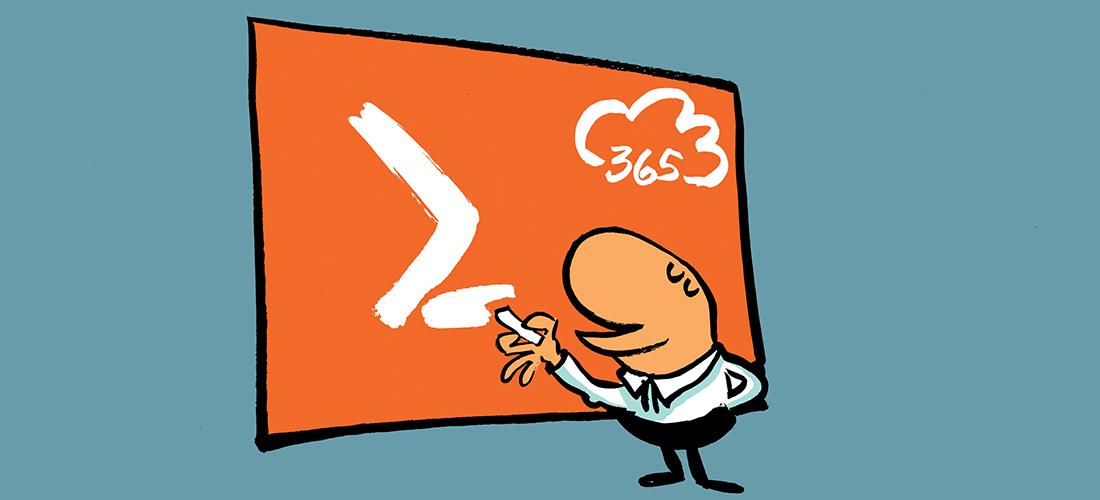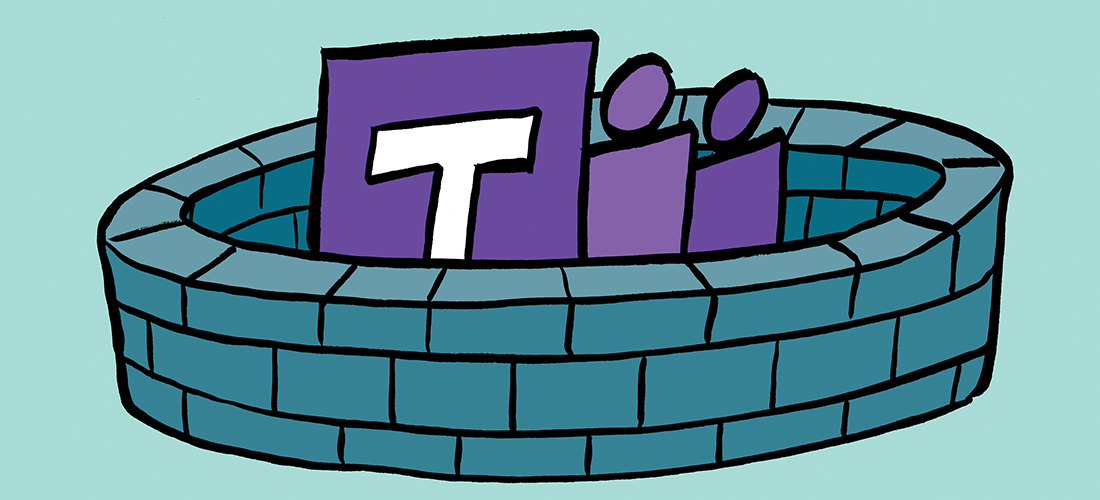Exchange Server 2016 can be installed into an existing Exchange organization as long as it meets the system requirements. This includes:
- No Exchange Server 2007 or earlier versions of Exchange in the organization
- Any Exchange Server 2010 servers must be running at least Service Pack 3 with Update Rollup 11
- Any Exchange Server 2013 servers must be running at least Cumulative Update 10
You can have a combination of Exchange 2010 and 2013 servers in the organization as long as they each meet those minimum versions.
If you have Edge Transport servers or legacy server objects that were not properly removed from Active Directory you may encounter a setup error when you first try to install Exchange Server 2016. You can find more details about this, and the solutions, at the following article:
In your Active Directory environment the following requirements exist:
- All domain controllers must be running at least Windows Server 2008
- The forest functional level must be at least Windows Server 2008 (steps here)
The system requirements for Exchange Server 2016 may change over time so always be sure to check TechNet for the latest information.
When you have your environment ready you can:
- Install the Exchange Server 2016 pre-requisites on the server that will be running Exchange
- Install Exchange Server 2016
When you’re running Exchange setup note that:
- You do not need to provide an organization name when you’re installing into an existing organization
- There is Active Directory preparation performed automatically by setup when you install the first Exchange 2016 server. If you’d prefer to handle those steps separately you can do so (the steps are broken out separately in this article)
After Exchange Server 2016 has been installed you should, at minimum, configure the Autodiscover namespace to avoid certificate warnings appearing for Outlook clients in your environment. You can then proceed with the rest of your Exchange Server 2016 configuration, such as:
In an upcoming article I’ll explore further how you can start to add the Exchange 2016 server into your production environment.



HI, I have a test environment in which i have installed an active directory and installed exchange 2019 servers. in the same domain, i want to have exchange server 2016 also. so can someone tell me can I install exchange 2016 server now and how to install
Hi Paul,
I am in the process of migrating from Exchange 2010 SP3 to Exchange 2016
I have a company with 2 Datacenters, each one has an AD Site. Exchange 2010 SP3 RU30 is installed on Site A. I want to upgrade to Exchange 2016, but installing it from Site B, which is not the one with the MX records (non-facing internet, but has independent internet output) but the idea is to use this to migrate from Site A and once the mailboxes have been migrated to Site B, the DNS records are modified and Exchange 2010 can be deactivated from Site A. This can be done?
Can I install Exchange 2016 on Site B directly (Pre-extending Schema / Domains / AD on FSMO server via \\ ExchServerShareEnSiteAD2 \ setup.exe from Site A?).
PS: Exchange 2010 has 2 EDGE subscriptions. At the time of installing Exchange 2016 on site B (If you confirm it, can I) do I have to subscribe it with the 2010 EDGE? Or in the transition, can I only use Exchange 2010 as a proxy, without subscribing Exchange 2016 to the EDGE servers?
The EDGEs will be removed once Exchange 2010 has been uninstalled from Site A, by an antispam in the cloud (trendmicro or another).
I hope you can answer these 2 minimal questions …
Thank you!
We had Exchange 2016 CU7 which failed during the recent CU upgrade and I had to restore the exchange from backup.
Can i install another exchange 2016 with CU19, transfer the mailboxes, etc and then retire the old server.
Would it be a problem having two exchange 2016 at the same time, one with CU7 and another with CU19?
Thanks
Hello Paul,
First of all, thanks a lot for serving with brilliant contents in this blog.
What I would like to ask you if it is needed to run the PowerShell command for preparing the Active Directory on another Exchange server 2016 installation in an existing organization.
In your article, it is written;
“There is Active Directory preparation performed automatically by setup when you install the first Exchange 2016 server. ”
This explanation is for only first installation. Do we need to understand that it is not required to prepare the Active Directory on other installations in an existing organization ?
If you can answer this question, I will be very glad indeed.
Thanks in advance.
Hi Paul, Is that possible to install an exchange 2019 into the 2016 environment and use 2016 for migrating of the mailbox from 2010 into this environment?
Both servers into the same domain. Could you advise please?Thanks, Mike
hi paul and thank you for your great work 🙂
dumb question: can I install exchange 2016 over an existing exchange 2013 or does it need to be a different server ?
thank you !
I thank you for your post on Exchange. I have a problem with a new Exchange 2019 deployment. I am wanting to know if I can go back to Exchange 2016 since I have introduced 2019 to the Domain. The 2019 setup and configuration has been a disaster from the start. We were never able to get through the GUI setup. Microsoft had to do the install from Power Shell. Numerous tweaks to the AD and now we have a 2019 DB that can’t be reached by Outlook Desktop and can be by OWA. A DB on the 2019 server that won’t stay. Since installed the server has to be rebooted every morning just to get to the mailboxes. I want to go back to Exchange 2016. It’s stable.
hii sir, i have a problem i have a DC and a ADC and two exchange server configure one is primary and second is as a backup both are running exchange 2013.Now i want to configure another exchange which is exchnage 2016.i completely configure but problem is that when main exchange is down other two exchange not work. So plz help
Hello Paul, great articles.
Is there a way to add an additional Exchange 2016 server into a production environment without any disruption to the production Outlook 2016 environment. The last time i tried this I had an issue with my production exchange server certificate (not being on the new server yet), and my Outlook 2016 clients started to “bark” about it if you will.
This additional server will be used to test CU updates and Windows updates. The main goal is to migrate my mailbox or a test mailbox to this server and see how it is affected after applying updates.
Thank you.
Hello all, as per https://blogs.technet.microsoft.com/exchange/2015/11/18/exchange-active-directory-deployment-site/ it is always a briliant idea to install the Exchange 2016 Server in a Staging site. I understand the above mentioned article as it is in a Forest with one or more AD-Sites.
But does this applies also to an Environment with Account – Resource Domains where disabled accounts are residing in the Resource Domain?
Thank you
Hi Paul, great article. I have a question “sort of” on topic. So, we have a 2013 DAG that i’m moving mostly to Office 365, but keep some resource mailboxes local in a hybrid migration setup. Would I be best served to add a 2016 exchange server (as advised) to migrate the remaining mailboxes to and use for the local administration after i’ve moved the rest to the cloud?
Paul, thanks for the article! As of right now, we have 2 Exchange servers running in tandem, one being 2010 (Svr2008R2) and the other 2013 (Svr2012R2).
What I’d like to do is deploy a 2016 VM with Exchange 2016, transition all roles to the 2016 Exc server and then decommission the other 2 servers so there would only be one effective 2016 Exchange server. The current environment I am working in is a WIP that I’ve acquired but its coming along nicely. I’d just like to tidy up the Exchange bit as the current setup is questionable. Anyways, do you have any experience with this type of migration/upgrade/decom path? Perhaps you could point me in the right direction?
Thank you in advance!
The Real Person!
Author Paul Cunningham acts as a real person and passed all tests against spambots. Anti-Spam by CleanTalk.
Pretty standard migration scenario by the sound of it. I have a whole course on the topic if you’d like to see it in action.
https://www.pluralsight.com/courses/migrating-exchange-server-2016
Hi Paul…..thanks for all the instructions on Exchange projects….I have a question regarding the migration from EX2010 to EX2016 in an existing Organization and more in particular the matter related with the Organization Name. The idea is to gradually migrate the mailboxes to the new exchange server and at the same time I wonder if I can create this new 2016 with a different Organization Name? thanks 🙂
The Real Person!
Author Paul Cunningham acts as a real person and passed all tests against spambots. Anti-Spam by CleanTalk.
An AD forest has one Exchange organization, and you can’t change the name of the organization. So short answer, no.